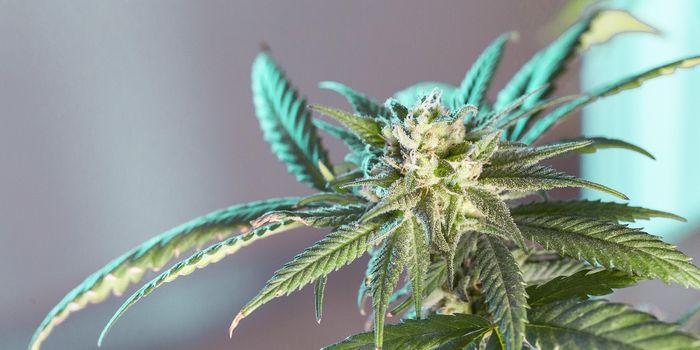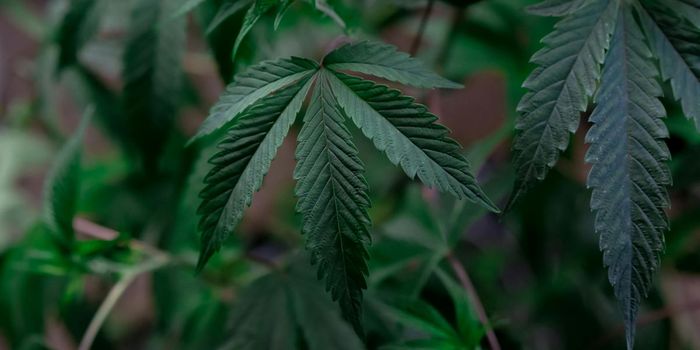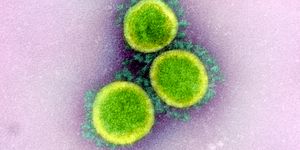A remarkable amount of the cannabis genome is either missing from the map or has yet to be mapped at all. Researchers from the University of Saskatchewan are now on a mission to fill in the blanks.
What does it mean to map the cannabis genome? Researchers are essentially identifying and describing the positions of individual genes that make up the average cannabis plant. They do this by collecting samples, isolating DNA, and examining the result for unique patterns, called DNA markers. These markers can tell researchers exactly where a gene is located on a chromosome. Mapping genomes of all types of organisms, including humans, is useful because it can provide evidence of a link between a particular gene or group of genes that is responsible for qualities that an organism possesses.
In a recent statistical analysis of the data surrounding mapping of the cannabis genome, reseachers found that less than half of the cannabis genome is accurately mapped. Additionally, ten percent of the genome is missing and anywhere from ten to 25 percent of the genome is not mapped at all. They want to complete the mapping of the cannabis so that scientists everywhere can effectively study the “genetic and biochemical diversity” of the cannabis plant.
Lead author Tim Sharbel describes a need for a “foundation on which to build a molecular breeding program for cannabis comparable to what exists for other crops.”
Current research reflects limited data representing the potential applications of the cannabis plant. But the data that does exist shows promise for cannabis as providing several potential health benefits. This includes support for pain, multiple sclerosis spasticity, and opioid use reduction. On the other hand, data also suggests that there are negative effects of THC use:
- Short-term: reduction in cognitive function; enhanced anxiety and fatigue
- Long-term: Addiction; permanent loss of memory, intelligence, mental focus, and judgement
Plus, some data shows potential for hemp from cannabis to be used as a highly digestible, food source of protein with minimal allergy risk.
"Medicinal plants are hugely important to society, have long traditional use throughout human history, and represent important reasons to protect biodiversity,” Sharbel explained. “The emergence of the cannabis industry is a good driver for a larger goal of bringing traditional medicinal plants into the mainstream.”
Sources: National Human Genome Research Institute, Scitable by Nature Education, University of Saskatchewan, Annual Review of Plant Biology








